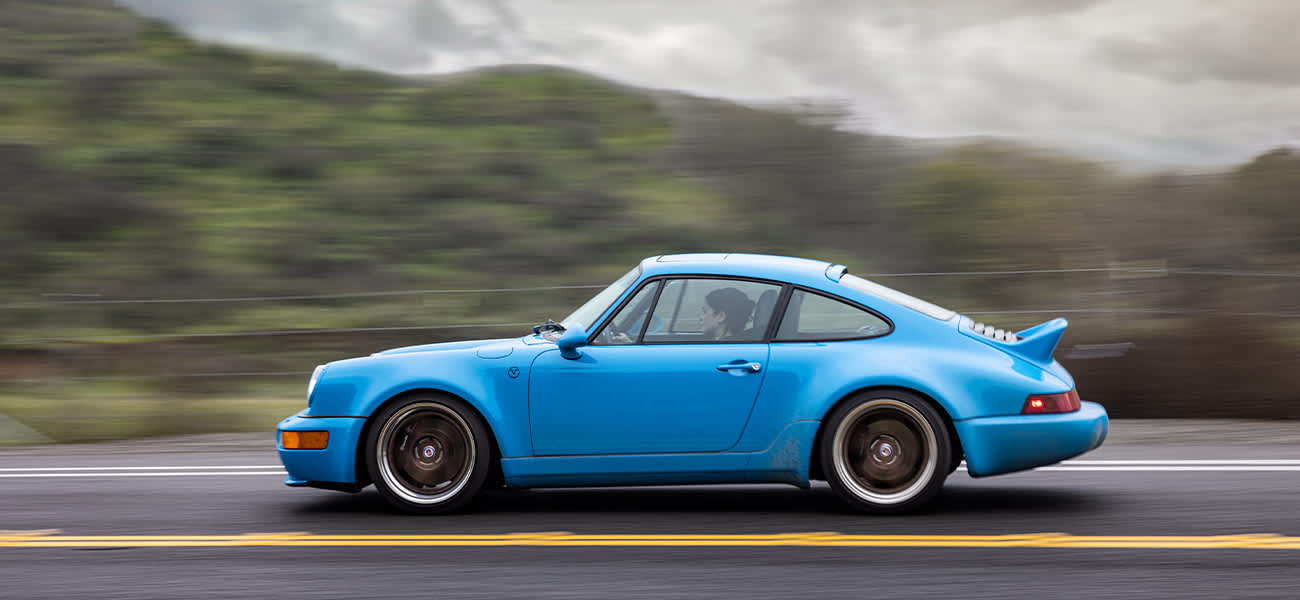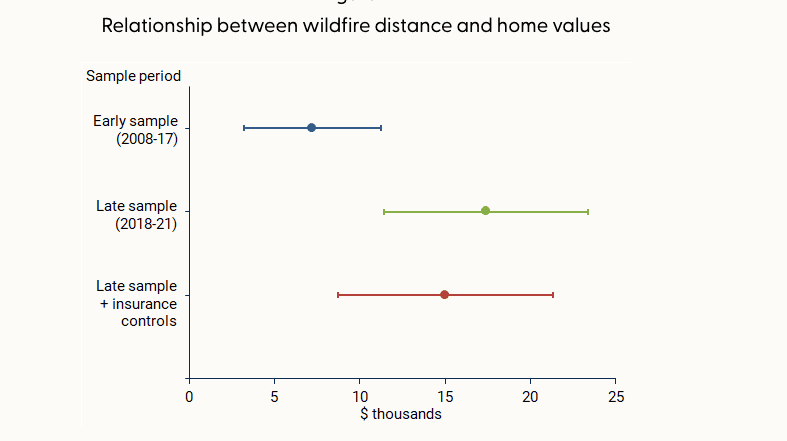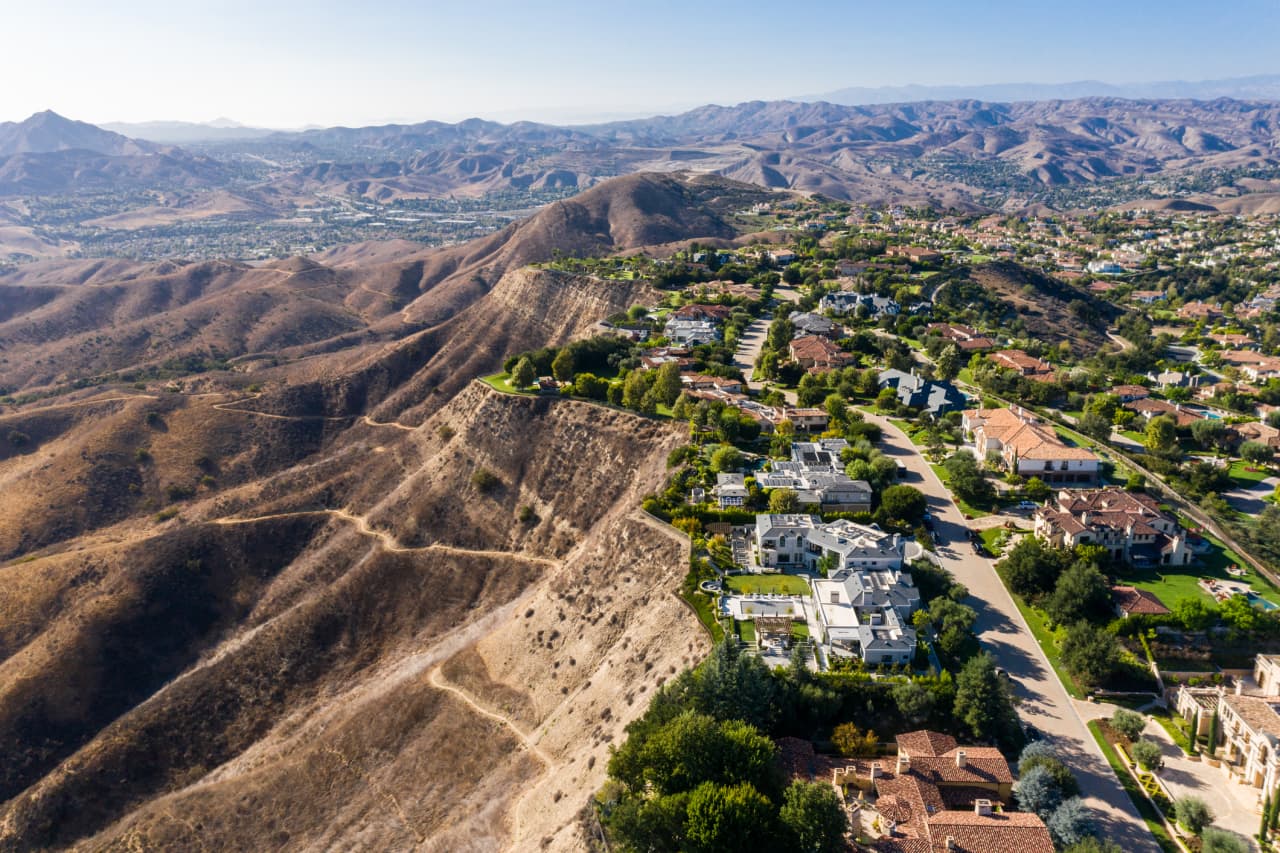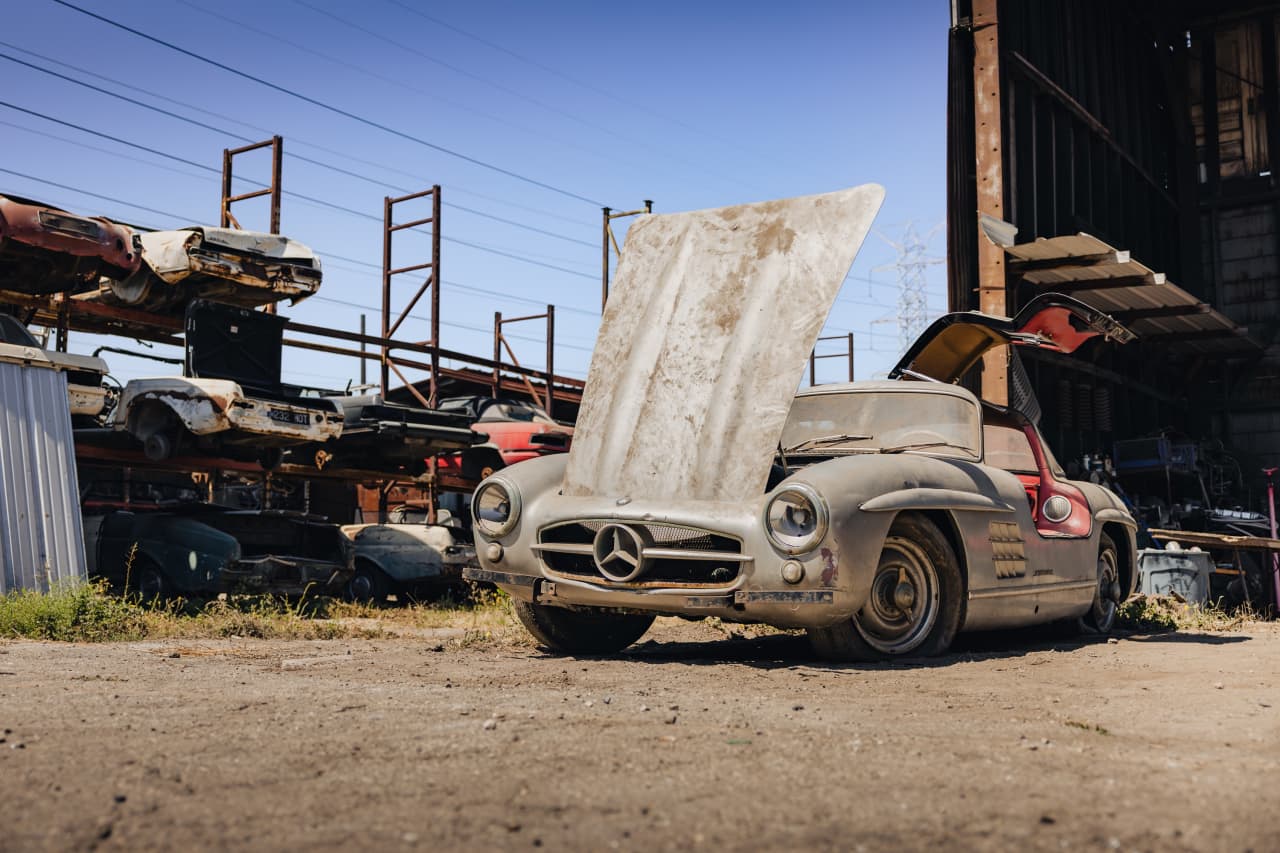As any Porsche lover knows, the automaker produces an electric sports car, the Taycan, which in GT Weissach form (US$231,995) develops 1,019 peak horsepower and takes just 2.1 seconds to reach 60 miles per hour. But what Porsche doesn’t do is produce an electric version of its absolutely iconic 911.
At the moment, that’s a job for the British company Everrati, which installs electric power into examples of the 911 built between 1988 and 1994 (code named 964). Everatti also transforms Land and Range Rovers, as well as classic Mercedes-Benz SLs, and an interpretation of the Ford GT40. The 911s have carbon-fiber body panels for lightness and are built in California through a partnership with Aria. That company creates concept and pre-production vehicles for global automakers.
Everrati’s latest creation is the Porsche 911 Signature Wide Body. With the hard-to-miss ducktail, it resembles a 1980s Porsche Turbo—but handles better. For a price that starts at £290,000 (US$360,467) customers get a car with 500 horsepower and 368.78 pound-feet of torque. The car has a 62-kilowatt-hour battery pack from LG Chem, yielding in this lightweight configuration approximately 200 miles of range. A single motor is connected to a limited-slip differential.
Also available is a Legacy model with 247 horsepower and 228.64 pound-feet. These cars look like earlier 911s (without the wide body and ducktail, for instance) and are built in a time-consuming restoration process. Given the work required, the price is the same as the Signature.

Everrati
Features on the Signature include electronically adjustable suspension, regenerative braking, a “Porsche inspired” five-gauge cluster, and DC fast-charging capability. Everrati is also offering a Signature Gulf Edition of the 911, painted in the iconic blue-and-orange livery of the Gulf racing team (as seen at Le Mans and other venues).
The first Everrati 911 to go to a U.S. customer this month is a Mexico Blue Signature model delivered to California resident Matt Rogers, who co-founded the smart thermostat company that eventually became Google Nest. Rogers said in a statement that his car “captures the zeitgeist perfectly, being sustainable and environmentally conscious while also keeping the character of [Porsche’s] air-cooled era.”
Justin Lunny, Everatti co-founder and CEO, tells Penta that the company “doesn’t ‘convert’ cars to electric; instead, we redefine them as electric vehicles, worrying about such factors as driving feel and weight distribution. We hire very-experienced EV engineers and use the highest level of electric components, such as batteries and motors you would see in EVs from OEM manufacturers such as Rimac or Lotus.”

Everrati
Lunny says that Everrati puts motor and batteries in the back, where Porsche located the engine and transmission on its 911s, with more batteries and power electronics up front, where the original gas tank resided.
U.K. customer cars will still make the trek to California. Lunny explains that right-hand-drive 911s are sourced in Britain and shipped to the U.S., where they’re stripped to the chassis and slowly built up with the new carbon-fibre panels. They then go back to the U.K. for finishing.
“EV is not the only answer, but we do believe it will become the predominate powertrain,” Lunny says.
The company concentrates on a few models, but it’s willing to entertain bespoke one-off commissions, such as an electric Lamborghini for a customer in the Middle East. Such projects require a huge engineering commitment, and the resulting vehicle isn’t by any means inexpensive, costing US$500,000 or more. But it will be fully developed as an EV.
Porsche, too, is mostly going electric, with plans to have EVs make up more than 80% of new car sales by 2030. In 2021, more than 40% of the cars delivered in Europe were at least partly electric, either plug-in hybrids or full EVs. The 911 has no plans for full electrification, though a hybrid version appears likely. Lunny himself drives a battery-powered Porsche Taycan.
 Copyright 2020, Dow Jones & Company, Inc. All Rights Reserved Worldwide. LEARN MORE
Copyright 2020, Dow Jones & Company, Inc. All Rights Reserved Worldwide. LEARN MORE
What a quarter-million dollars gets you in the western capital.
Alexandre de Betak and his wife are focusing on their most personal project yet.
Report by the San Francisco Fed shows small increase in premiums for properties further away from the sites of recent fires
Wildfires in California have grown more frequent and more catastrophic in recent years, and that’s beginning to reflect in home values, according to a report by the San Francisco Fed released Monday.
The effect on home values has grown over time, and does not appear to be offset by access to insurance. However, “being farther from past fires is associated with a boost in home value of about 2% for homes of average value,” the report said.
In the decade between 2010 and 2020, wildfires lashed 715,000 acres per year on average in California, 81% more than the 1990s. At the same time, the fires destroyed more than 10 times as many structures, with over 4,000 per year damaged by fire in the 2010s, compared with 355 in the 1990s, according to data from the United States Department of Agriculture cited by the report.
That was due in part to a number of particularly large and destructive fires in 2017 and 2018, such as the Camp and Tubbs fires, as well the number of homes built in areas vulnerable to wildfires, per the USDA account.
The Camp fire in 2018 was the most damaging in California by a wide margin, destroying over 18,000 structures, though it wasn’t even in the top 20 of the state’s largest fires by acreage. The Mendocino Complex fire earlier that same year was the largest ever at the time, in terms of area, but has since been eclipsed by even larger fires in 2020 and 2021.
As the threat of wildfires becomes more prevalent, the downward effect on home values has increased. The study compared how wildfires impacted home values before and after 2017, and found that in the latter period studied—from 2018 and 2021—homes farther from a recent wildfire earned a premium of roughly $15,000 to $20,000 over similar homes, about $10,000 more than prior to 2017.

The effect was especially pronounced in the mountainous areas around Los Angeles and the Sierra Nevada mountains, since they were closer to where wildfires burned, per the report.
The study also checked whether insurance was enough to offset the hit to values, but found its effect negligible. That was true for both public and private insurance options, even though private options provide broader coverage than the state’s FAIR Plan, which acts as an insurer of last resort and provides coverage for the structure only, not its contents or other types of damages covered by typical homeowners insurance.
“While having insurance can help mitigate some of the costs associated with fire episodes, our results suggest that insurance does little to improve the adverse effects on property values,” the report said.
While wildfires affect homes across the spectrum of values, many luxury homes in California tend to be located in areas particularly vulnerable to the threat of fire.
“From my experience, the high-end homes tend to be up in the hills,” said Ari Weintrub, a real estate agent with Sotheby’s in Los Angeles. “It’s up and removed from down below.”
That puts them in exposed, vegetated areas where brush or forest fires are a hazard, he said.
While the effect of wildfire risk on home values is minimal for now, it could grow over time, the report warns. “This pattern may become stronger in years to come if residential construction continues to expand into areas with higher fire risk and if trends in wildfire severity continue.”















